When the sun starts to rise over Newfoundland, magic starts to happen along these 18,019 miles of coastline. There is so much to see and do in Newfoundland from photographing whales, puffins, fishing villages, icebergs, to the dramatic coastlines. Newfoundland is Canada’s fourth-largest island and the pace of life here is so different here than Toronto, where I live. The people here are some of the friendliest I have ever met and there is so much history, culture, and beauty that it would take many trips to capture it all. On two of my trips to St John’s NL, I had the chance to photography Jelly Bean Row, Cape Spear, The Battery, Signal Hill, and fishing villages like Quidi Vidi. So, here are some my favorite places around St. John’s, NL.
The Colour of St. John’s
St. John’s is the capital and largest city of the Canadian province of Newfoundland and Labrador. It is one of the oldest and most easterly cities in North America, and has become a rare destination full of character and charisma. Pass by the colourful jellybean row houses wedged together, lining the sides of steep hills or hike up nearby Signal Hill through the Battery, where tiny colourful wooden homes cling bravely to cliff-sides, looking down into the harbour below. This place is like no other place.
Jellybean Row
St. John’s is known for its vibrantly coloured row houses that give the city its unique character. Legend has it that the houses were brightly painted to make them visible for the fishermen as they returned in foggy weather. The colourful streets of St. John’s provide amazing opportunities for interesting photography and the houses have become a symbol of the city itself.
Battery Hill
The Battery is a neighbourhood within the city of St. John’s that sits on top of the entrance to the harbour. The unique collection of tiny houses located on the slopes of Signal Hill provide a majestic view of the harbour. Once called Crow’s Nest Cove, the area became known as The Battery when military posts were installed here to protect the harbour. If you are visiting The Battery, drop into Jack Wells twine store, built in 1954 by Jack. The premises were used for mending traps and nets and Jack Wells was even married here. When I met him, he invited me into his shop to look around and photograph this piece of history. The Battery has always remained a fishing community and is a Newfoundland landmark, a favourite for photographers.
Signal Hill
Hang on to your hats when you go up to Signal Hill because the wind is crazy up here, but the view is fabulous. This hill overlooks the city of St. John’s, Newfoundland, and is steeped in history. Signal Hill was the site of military battles and in 1901 it was made famous when Guglielmo Marconi made communications history at Signal Hill by receiving the first ever transatlantic wireless signal. From up here you can get the most beautiful sunrise shots and photos of Fort Amherst down below.
Fort Amherst
Fort Amherst is located on the south side of The Narrows in St. John’s harbour. In 1771, the King of England ordered a defensive tower to be built at the head of St. John’s harbour and named it Fort Amherst after Lieutenant General William Amherst. Many people head here to see the whales between May and September and it’s a popular place to see the icebergs float by in spring. Fort Amherst and the old lighthouse still greet passengers as they enter St. John’s harbour.
Signal Hill North Head Trail
While visiting Signal hill, be sure to hike the five kilometres of trails which offer a unique traverse along the Narrows of St. John’s Harbour and into the colourful community of Battery Hill. There are several hiking trails at Signal Hill National Historic Site, all of which boast panoramic views and captivating scenery.
Signal Hill North Head Trail
While visiting Signal hill, be sure to hike the five kilometres of trails which offer a unique traverse along the Narrows of St. John’s Harbour and into the colourful community of Battery Hill. There are several hiking trails at Signal Hill National Historic Site, all of which boast panoramic views and captivating scenery.
Cape Spear
Cape Spear is the easternmost point in North America and it is the first to see the sunrise on the continent. Cape Spear is only a 20-minute drive from St. John’s, but it feels like you are at the edge of the earth. There is nothing like the fresh air of the morning as you turn to face towards the ocean and your back to the rest of the world. And as the curve of a golden sun slowly starts to appear, you know you are in for something special. The original lighthouse building and the light-keeper’s residence has been restored to the period of 1839.
Finishing Touch
I have always been a big fan of textured watercolour paper, so for the finishing touch, I turned to the Hahnemühle German Etching 310 gsm Matte Paper for the final print. I thought that the character of the St. John’s cityscape would be wonderfully captured on this Mould-Made 100% Alpha Cellulose Material, and I was not disappointed. The printer used was the Canon PRO-300 imagePROGRAF printer. Check it out.
Happy Shooting & Printing!
ABOUT THE AUTHOR
Peter Dulis is a Canadian photographer and visual storyteller living in Toronto, Ontario. His work has been published in a number of magazines such as Graphic Arts Magazine, Visual Wilderness, Luminous Landscape, Photo News and has been recognized for photography excellence. Peter offers photo workshops in southern Ontario and can be reached at info@photographyAdventures.ca
Peter shares many of his tips and techniques in his monthly newsletter – PhotographyAdventures.ca and PeterDulisPhotography.com



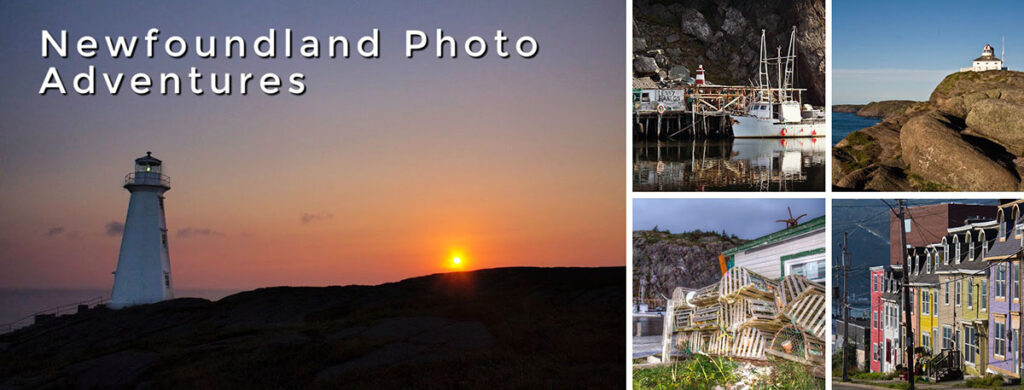
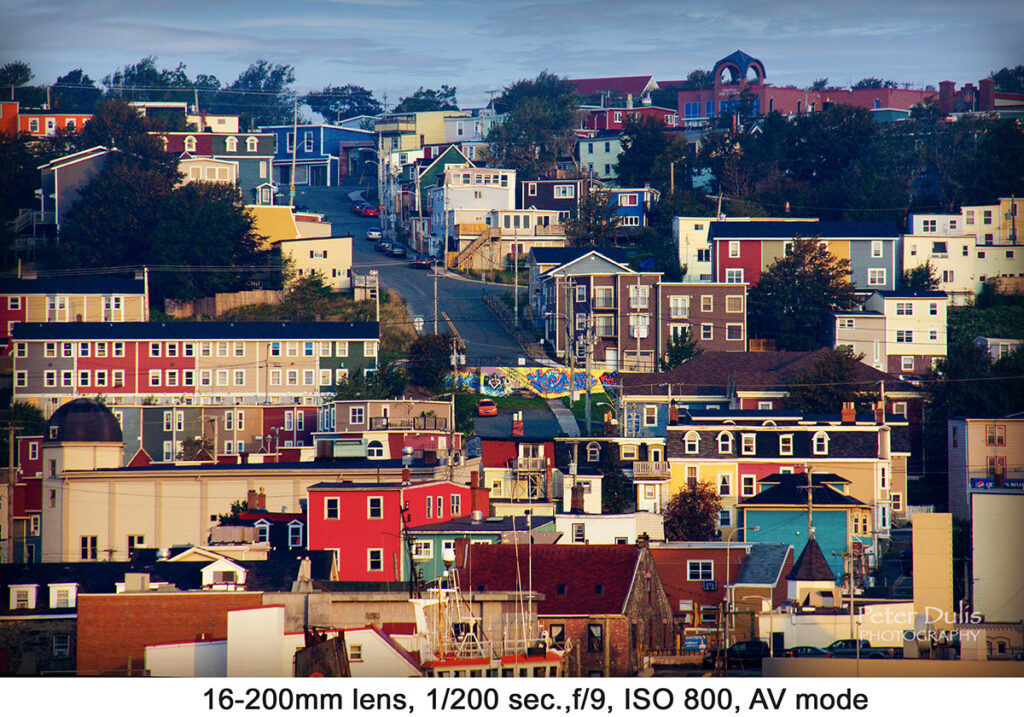
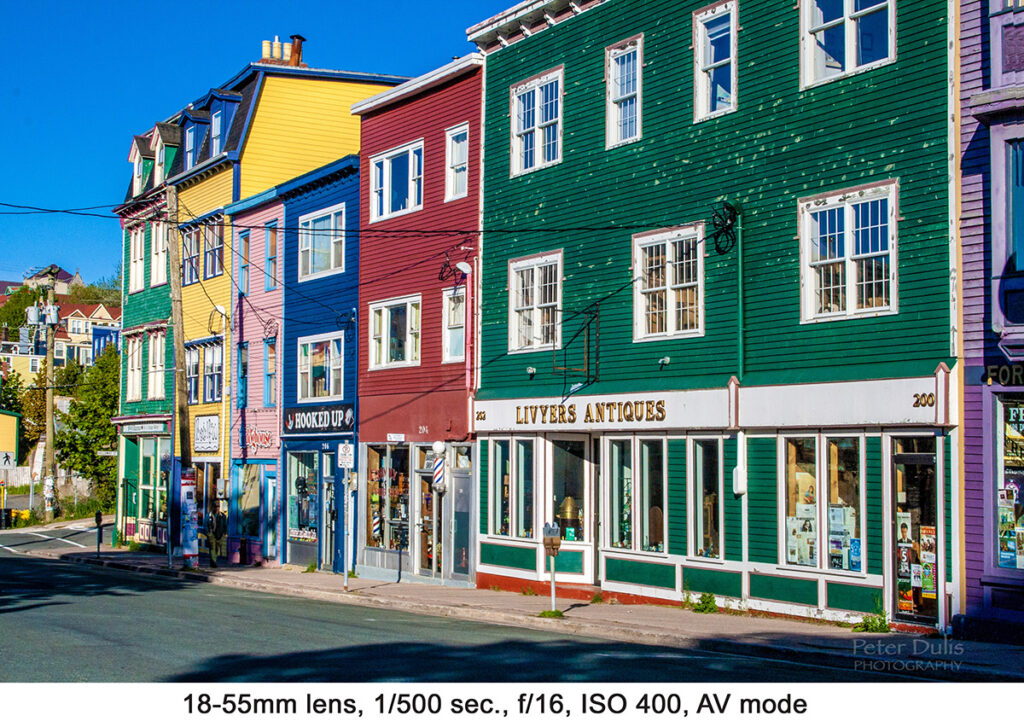
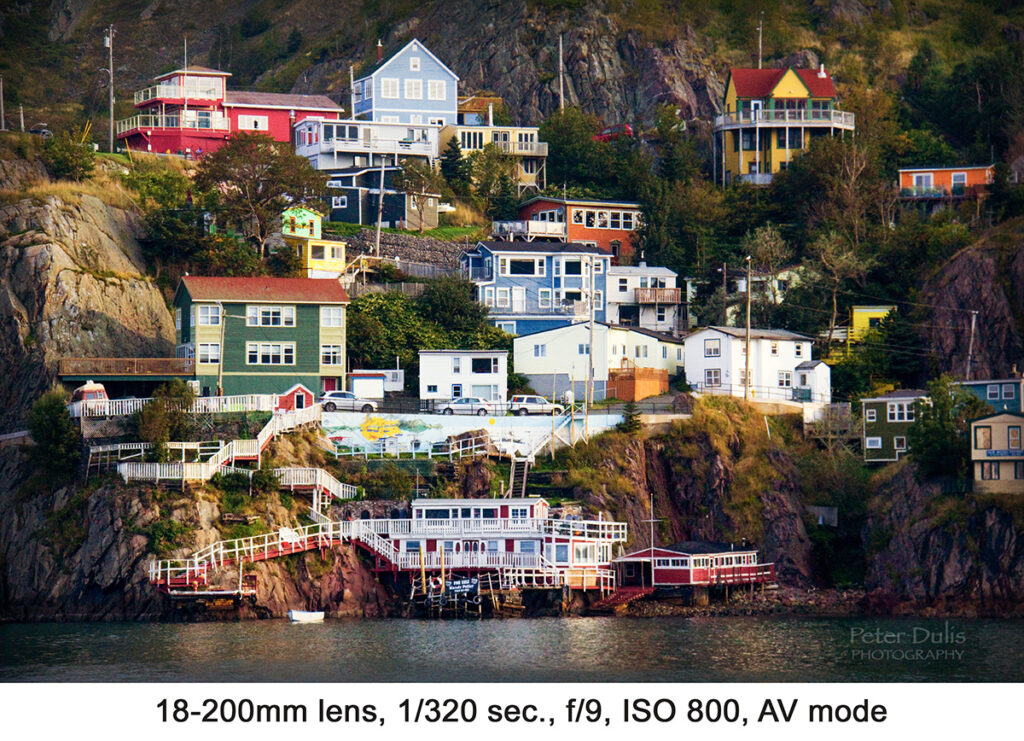
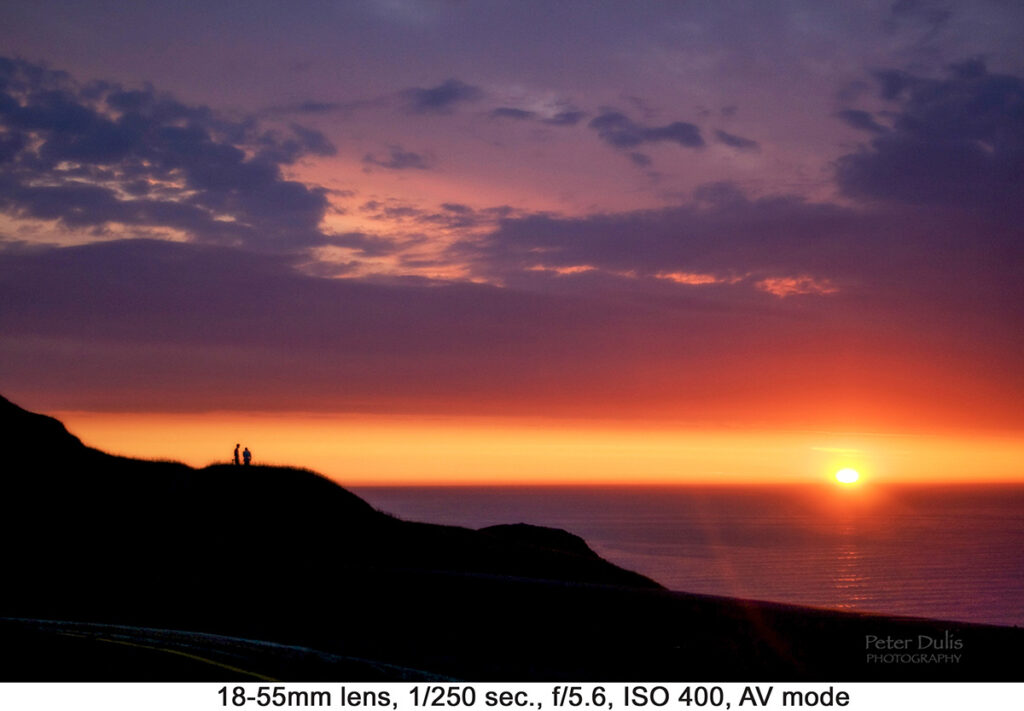
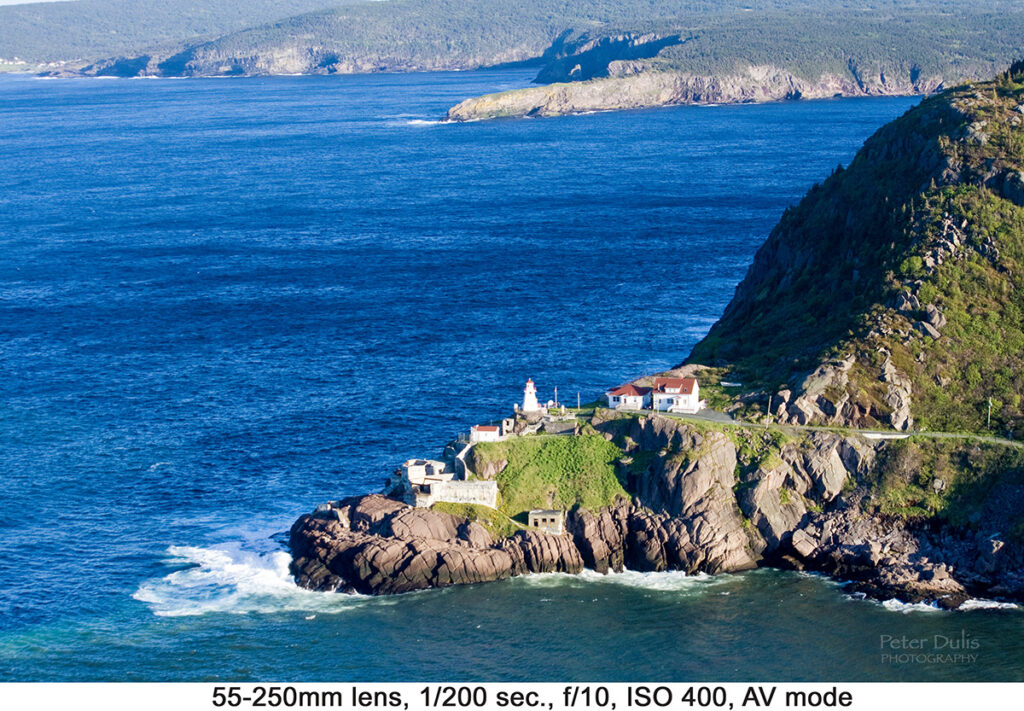
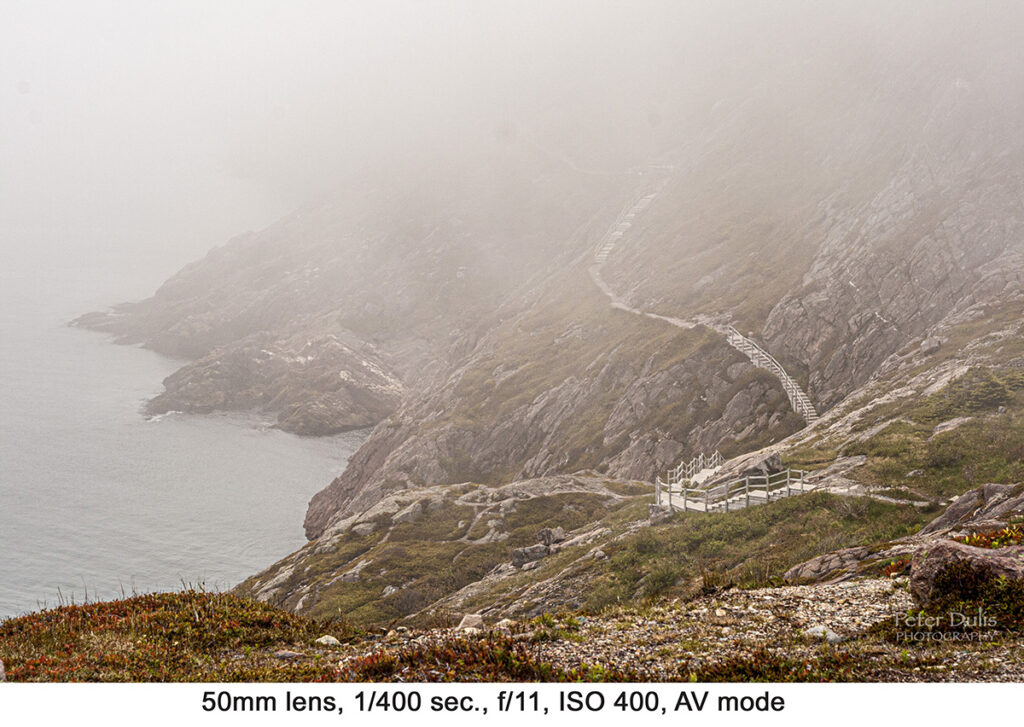
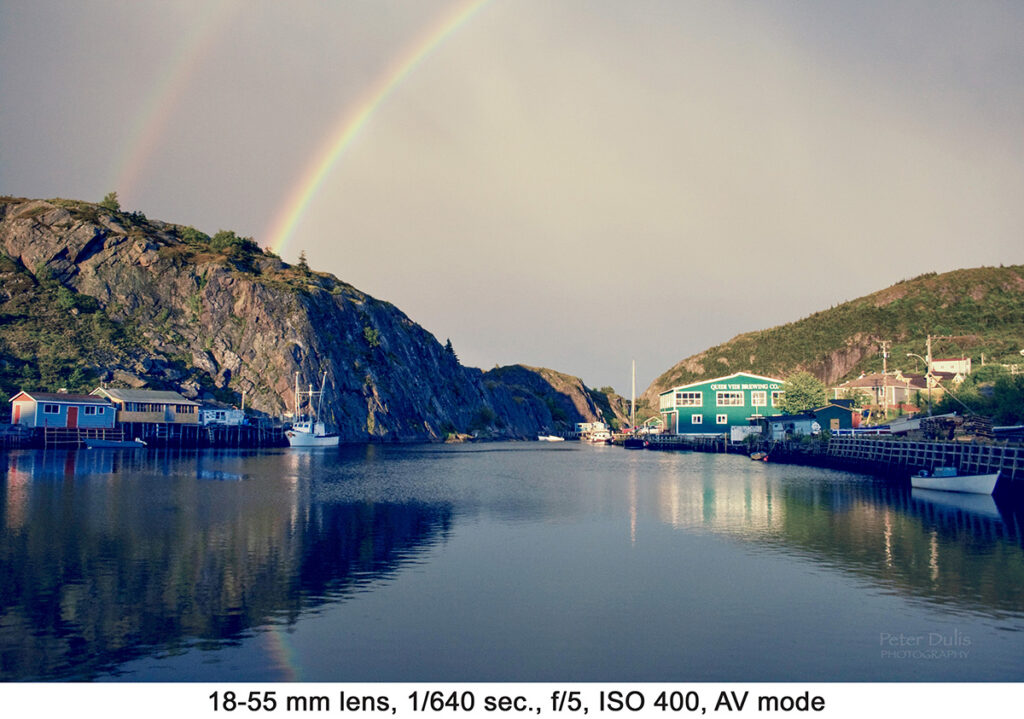
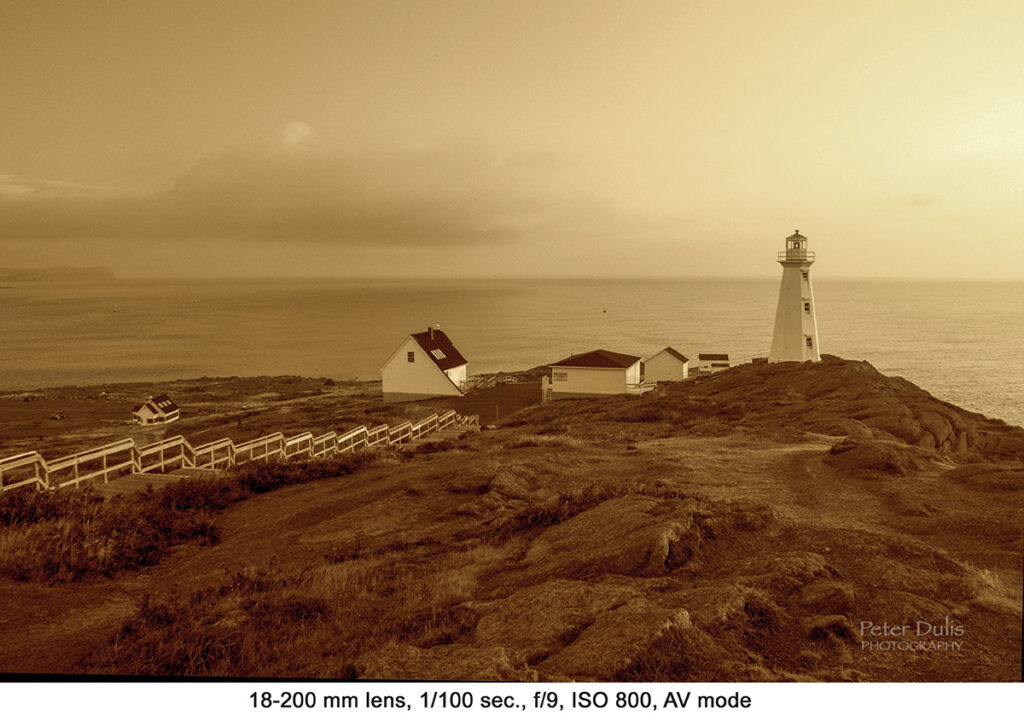








Outstanding shots
Thank you for sharing
Hi Olaf, Thanks and we appreciate your comment!